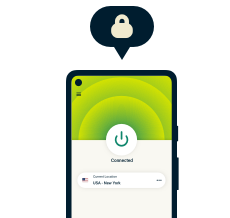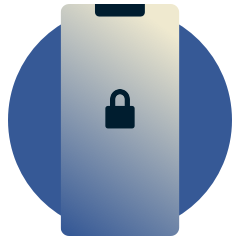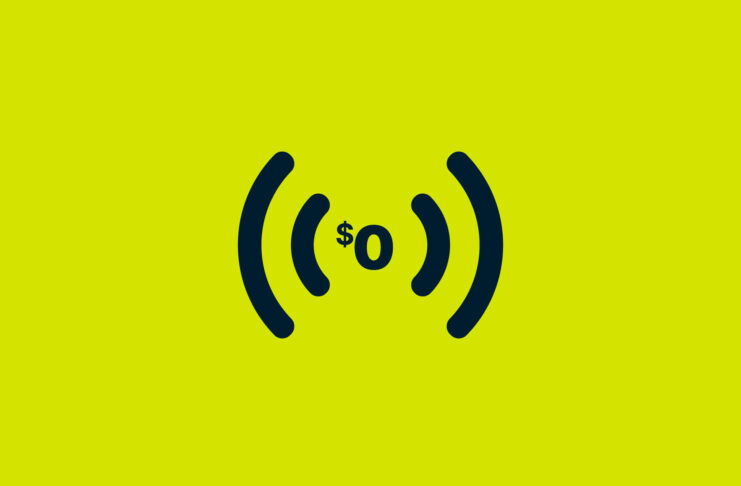At ExpressVPN, we are constantly looking for ways to improve our VPN apps. Sometimes we do this by adding significant features—like our recently launched Threat Manager—or introducing groundbreaking innovations such as our Lightway protocol.
But behind the scenes, our developers also search for less obvious ways of improving our users’ experience.
One recent example was improving how quickly our app for iOS gets connected to the VPN, especially on networks that apply some traffic restrictions, as is common at schools, workplaces, cafes, hotels, hospitals, airports, and also in places with heavy censorship.
Here’s the quick version: Instead of having the VPN app attempt different methods of connecting in succession, it now tries multiple methods simultaneously, decreasing the amount of time needed to succeed.
The challenge: Shortening the time to connect on restricted networks
We knew from anonymous analytics and by speaking with customers that there were some situations when the VPN took as long as 30 seconds to get connected. This fell far short of our aim of getting users connected within a few seconds.
One scenario would be a VPN user walking out of an elevator where they had lost internet, pulling out their phone to try to message a friend, yet needing to wait 30 seconds for the VPN to connect before the message went out.
Our goal is to make it easy to keep ExpressVPN always on, allowing users to enjoy all the benefits of protection and not experience any downsides. Even under less-than-ideal network conditions, ExpressVPN users should be able to reconnect to the VPN quickly.
Even at 30 seconds, we were already doing better than many competitors, who failed to connect at all in several such situations during our testing. For instance, many other VPNs would fail to connect entirely using a Wi-Fi network that blocks UDP from reaching the internet, as is common at universities and over many public Wi-Fi networks. But we wanted to aim higher.
Our breakthrough solution: Parallel connections
A fundamental reason for slow VPN connection times is the fact that there are many different ways of setting up a VPN, yet sometimes only a few specific ways can work. VPN apps need to be fast at finding the appropriate method for each situation. That matters especially in networks that are configured with some restrictions.
Previously, ExpressVPN’s app would iteratively try various different ways of connecting to the VPN until finally finding one that worked. When a network is permissive, the first attempt would work and thus the connection is set up quickly, but on restricted networks this might need many attempts.
We realized that one fast way to find the winning combination was to simply try all methods at the same time, then just pick the one that gets connected first. We refer to this method as parallel connections.
In our tests, using parallel connections drastically improved the time to connect to VPN. The number of users who took under 1 second to connect increased by around 25%. Here is a look at our stats on the old method versus the new method:

The numbers speak for themselves—iOS users should already have noticed a difference in connection times. We also plan to roll out this connection method on our apps for Android, Windows, Mac, and Linux. If you aren’t an ExpressVPN user, we hope you’ll try our service and see for yourself; if you aren’t satisfied, you can get a full refund if you cancel within 30 days.

Take back control of your privacy
30-day money-back guarantee


























